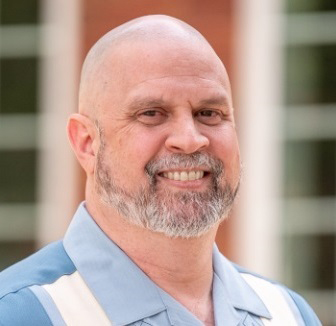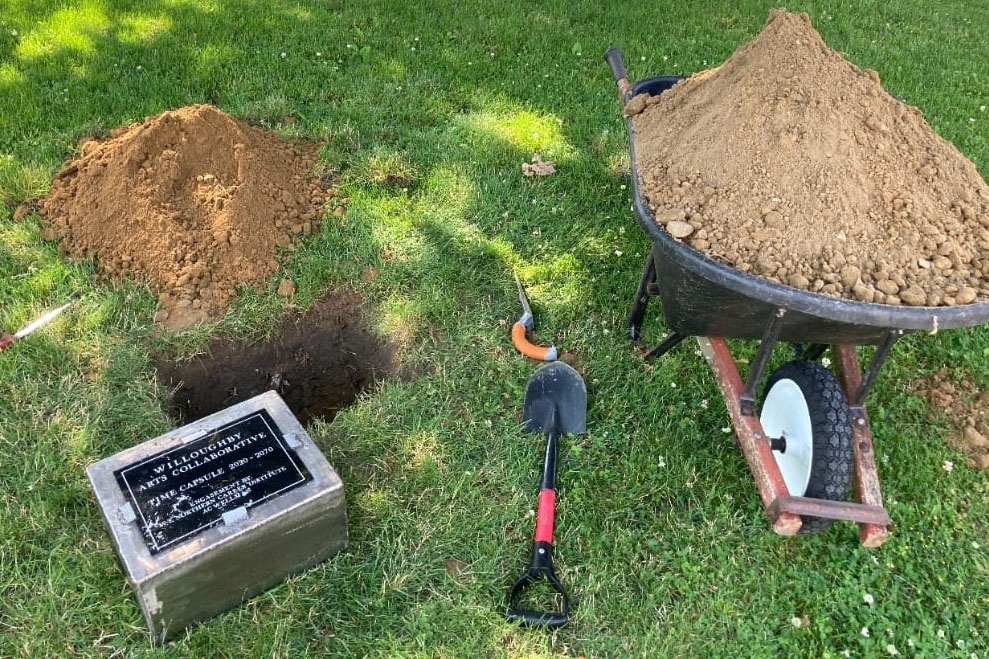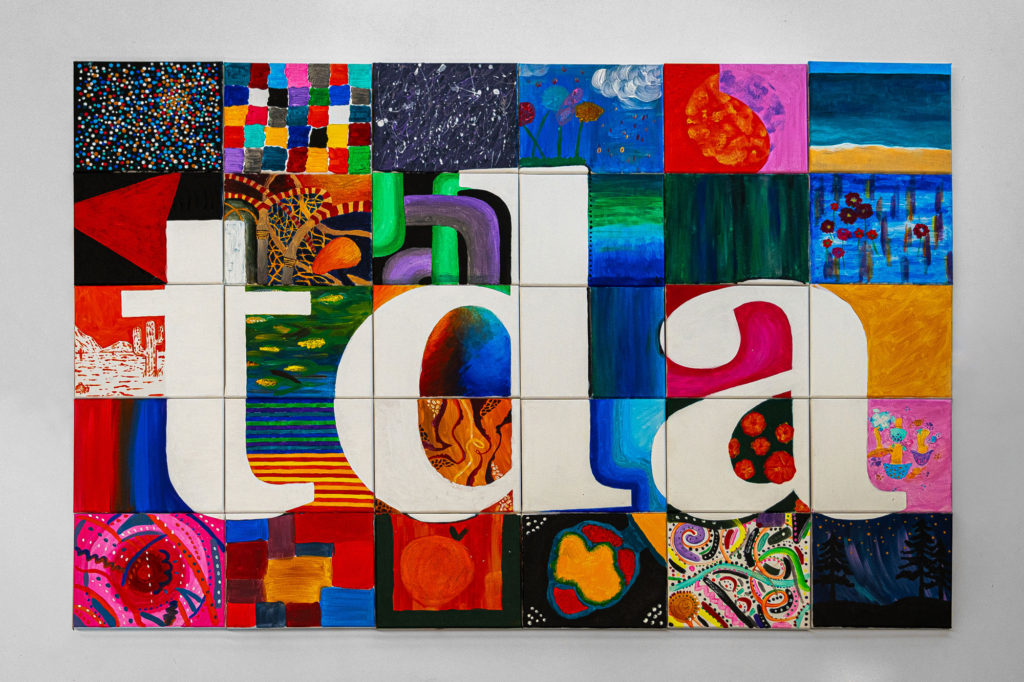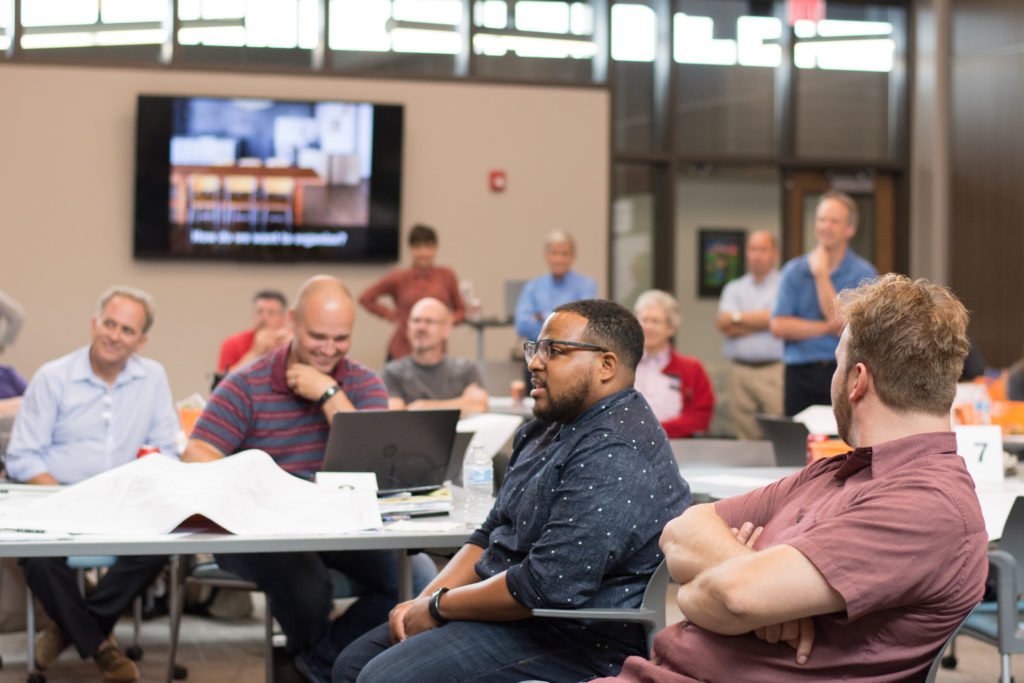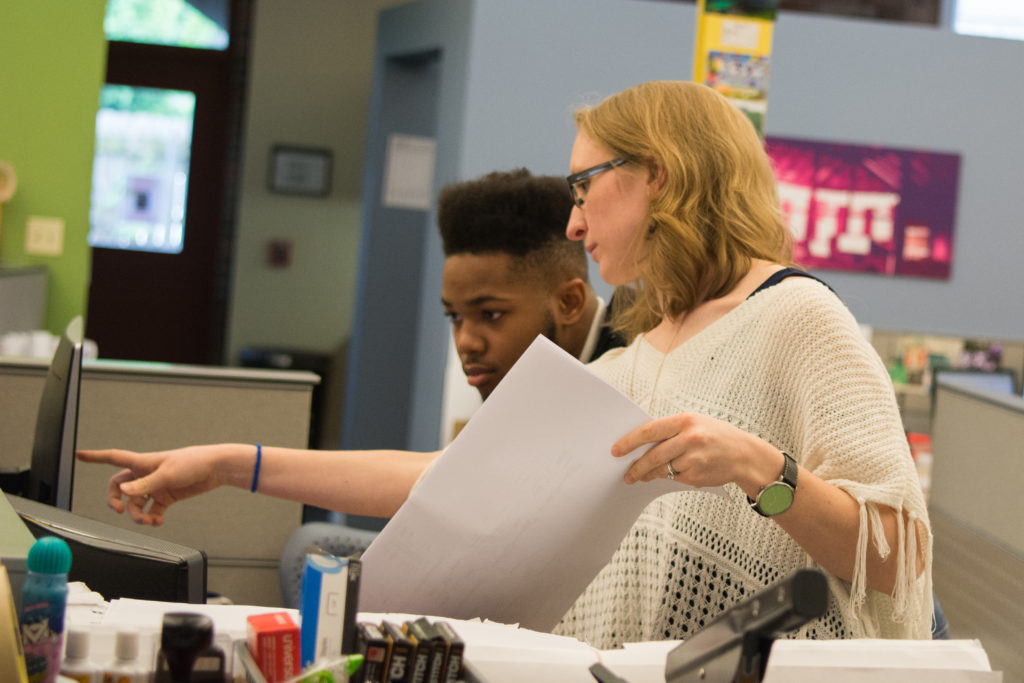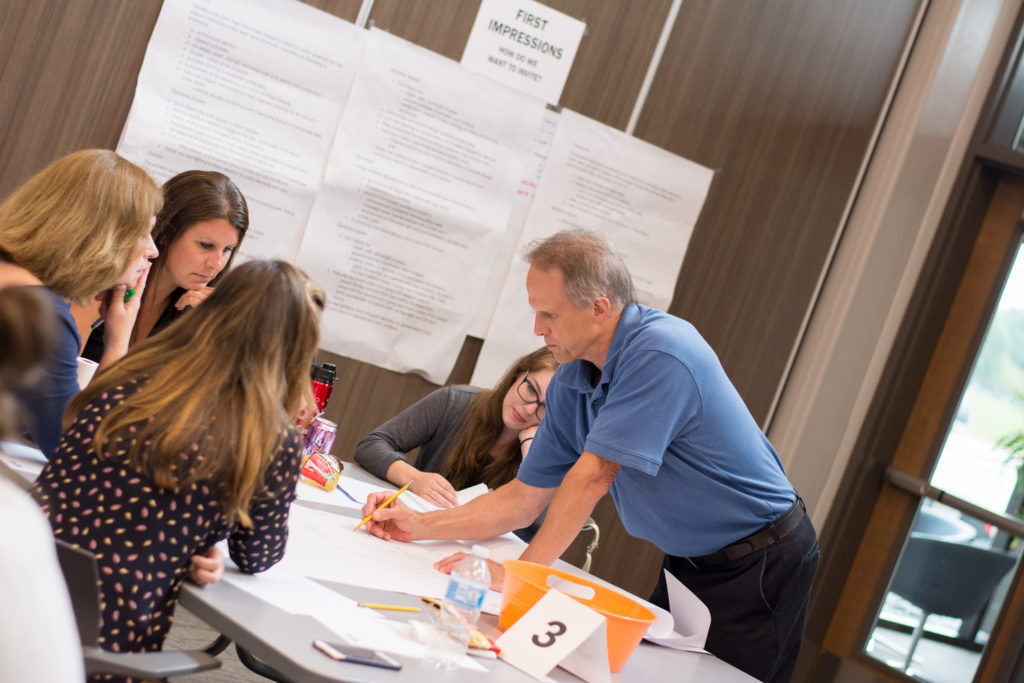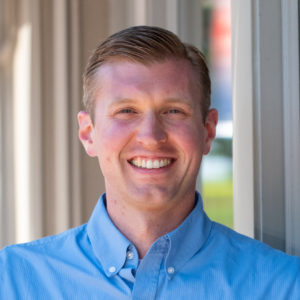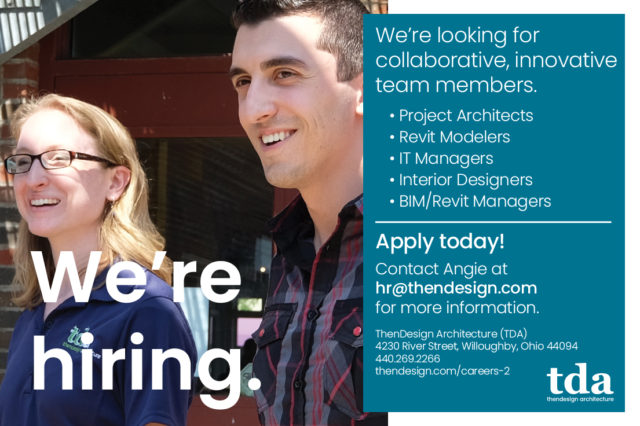Willoughby Arts Collaborative Time Capsule Plaque Placed
The “Art Time Capsule” project was created by the nonprofit Willoughby Arts Collaborative in 2020. It was buried in front of ThenDesign Architecture’s office building in historic downtown Willoughby in July 2023. The capsule contains thirty entries from local artists, South High School students, and Andrews Osborne Academy students and will remain sealed for the next 46 years.
WAC Time Capsule Buried at TDA in July 2023
Community, Collaboration, and Creativity
According to the WAC website, their Vision is “To improve the lives, livelihood and living of residents, visitors and businesses in and around Lake County through a robust connection to and a genuine investment in arts and culture.”
The collaboration with TDA was a natural fit due to aligning philosophies. At TDA, we believe creativity and collaboration are hallmarks of a thriving community. We are thrilled to partner with the Willoughby Arts Collaborative to support this exciting project and are honored to preserve the capsule’s safety for the next several decades.
The Art Time Capsule’s resting spot is ideally suited. The TDA offices are located in the renovated Memorial Junior High School, which has stood in the community for almost 100 years.
On February 23, 2024, a capstone plaque created by AC Wellman here in Willoughby was set atop the same spot to officially mark the time capsule’s location. The 10″ x 6″ bronze plaque was precision tooled using a new CNC router and inscribed with “Willoughby Arts Collaborative Time Capsule 2070.” After the plaque was machined, it was painted, lacquered, and attached. The limestone was sourced locally from a farm in Madison, Ohio, and weighs approximately 145 pounds.
“It is a privilege to be an active member of this community, especially for projects that help bring people together,” said Rick Serio, owner of AC Wellman. “We thank Willoughby Arts Collaborative for allowing us to participate in this historic event.”
WAC Time Capsule Plaque Created by AC Wellman Placed
A Historic Stone Set at a Historic Place
Representatives from AC Wellman placed the capstone on the brisk, sunny afternoon. Willoughby Arts Collaborative Board Member Paul Garcia and President Pat Carroll Bonander were on site to direct the installation.
In an interview with the News-Herald, Paul said, “Maybe it won’t mean so much to us today, but in 20, 30, or 40 years, I’d like to think it’ll start getting more exciting. The real treasure will be when it actually opens up.”
The boxed metal Art Time Capsule will not be opened until 2070.
This is one example of how a sense of community can be fostered through creativity and cooperation.
If you would like to learn more or become part of the team, please get in touch with us.
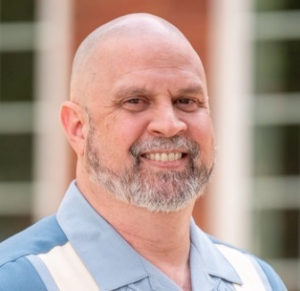
Marc Cebrian
Communications
Get our newsletter with insights, events and tips.
Recent Posts:
Brunswick High School Senior Seminar Presentations
New Mentor High School Baseball Field Opens
North Ridgeville Visual Preference Exercise
Meet the Designers: Katherine Mitchell
Garfield Heights High School Stadium Groundbreaking
